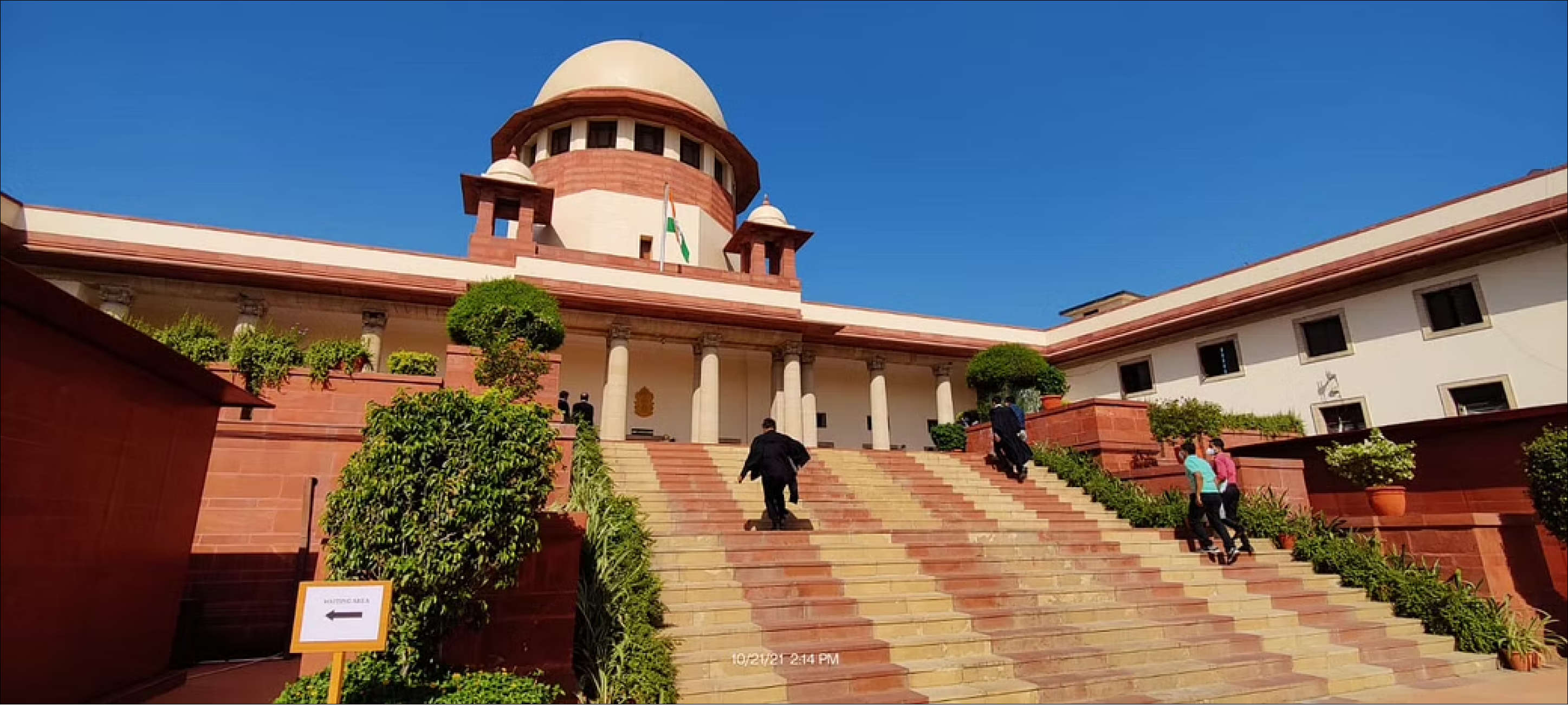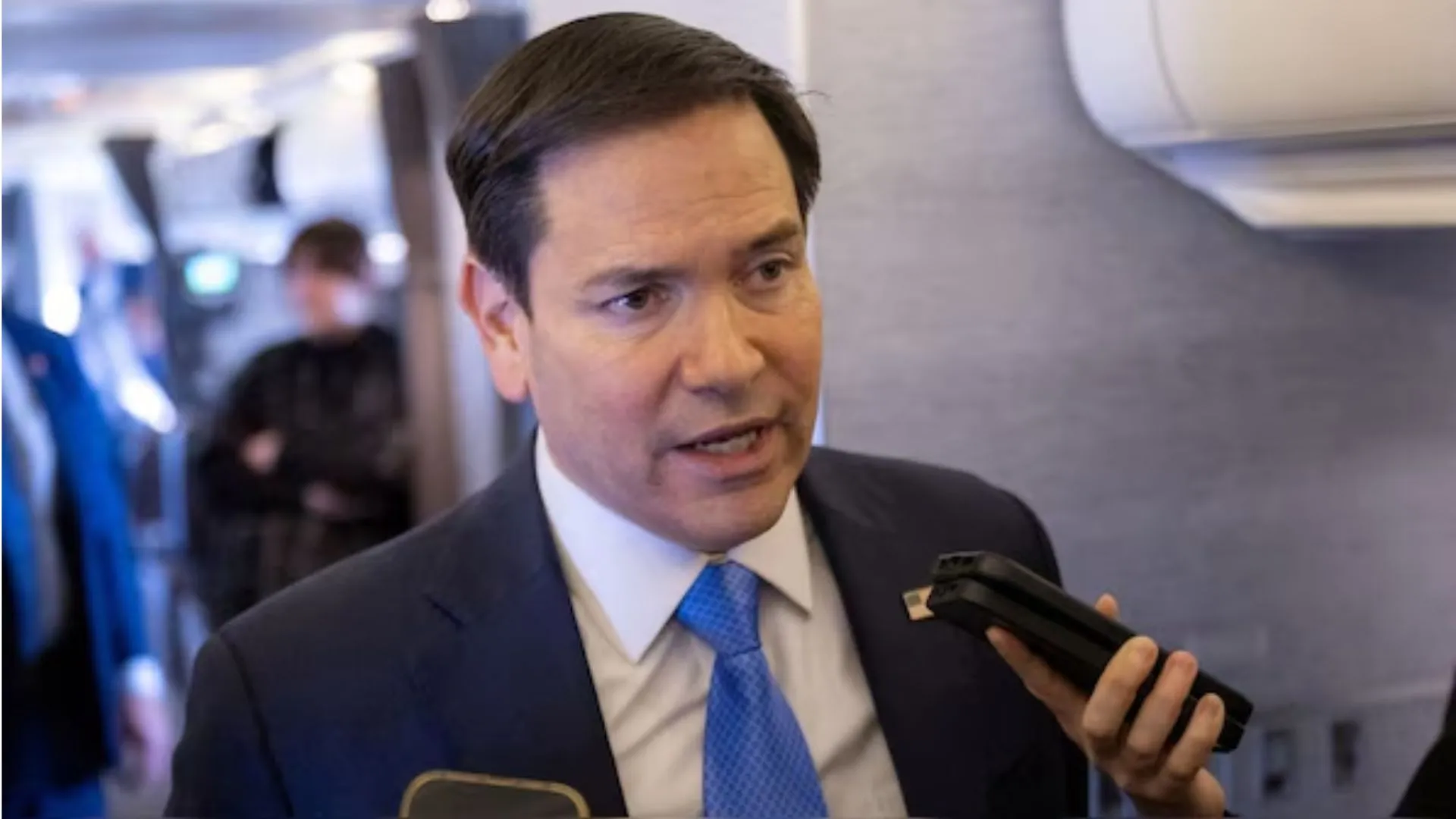The Supreme Court in the case S Rajaseekaran v UOI observed and has heard the petition regarding the safety of road through electronic monitoring.
The bench comprising of Chief Justice DY Chandrachud, Justice PS Narasimha and Justice JB Pardiwala in the case observed and has asked for a meeting to be convened by Justice AM Sapre, chairperson of Supreme Court Committee on Road Safety to set out an agreed formulation of modalities for implementing the provisions of Section 136A of the Motor Vehicles Act, 1988.
The counsel, Advocate KC Jain, appearing for the petitioner, submitted before the court that that overspeeding was the major cause of deaths on roads and that 70% of deaths were caused by such overspeeding. Thus, it has been argued by him that the court to ensure that Section 136A, introduced by the Motor Vehicles Amendment Act 2019, was implemented and roads were electronically monitored to prevent such deaths. Thus, it has been provided under Section 136A that the State Government shall ensure electronic monitoring and enforcement of road safety in the manner as provided under sub-section (2) on national highways, roads, state highways or in any urban city within a State which has a population up to such limits as which may be prescribed by the Central Government.
The counsel, Advocate KC Jain also drew the attention of the bench to Section 215B of the Motor Vehicle Act, wherein providing for the constitution of National Road Safety Board which shall render advice to the Central Government or State Government on all aspects which pertains to road safety and traffic management for this purpose.
In the matter, the amicus curiae, Advocate Gaurav Agarwal stated that as per the previous hearings in the matter, the Justice (retd) KS Radhakrishna, the chairperson of the Supreme Court Committee on Road Safety provided a roadmap to ensure road safety.
Adding to it, he stated that the committee worked as a facilitating mechanism where it came out with its way of how to implement these things in the most acceptable manner to the governments. Therefore, the general direction of plea comply with 136A will not be enough and the said committee has to come up with state specific requirements for each state.
The counsel, Additional Solicitor General Senior Advocate Madhavi Divan in the case suggested an overall online dashboard for collecting data from states.
It has been stated by her that the said problem crops up when we have to collect information from the states and to coordinate with so many states as to what is happening on the ground.
In it order, the bench stated that:
In 2019 the MV Act was amended so as to to incorporate provisions of 136A for electronic monitoring and enforcement of road safety on national highways, state highways, roads and urban cities. The said issue is now about ensuring the provisions of Section 136A by drawing out state specific implementation guidelines. Therefore, the same would have to be done in collaboration with State governments. The provision of Section 215 contemplates for setting up of the Road safety councils and committees at the national, state, and district levels. The court while having due regard to the legislative framework, it would be appropriate if a preliminary meeting is convened by Justice AM Sapre, chairperson of Supreme Court Committee on Road Safety with the secretary and the Ministry of Road transport and highways, the Advocate Gaurav Agarwal, and the ASG, amicus so that an agreed formulation can be placed of before this court for setting out modalities for implementing the provisions of Section 136A. However, the meeting needs to be convened preferably in two weeks. Thus, the amicus can then report to the court.
Accordingly, the court listed the matter in 1st week of February.

















